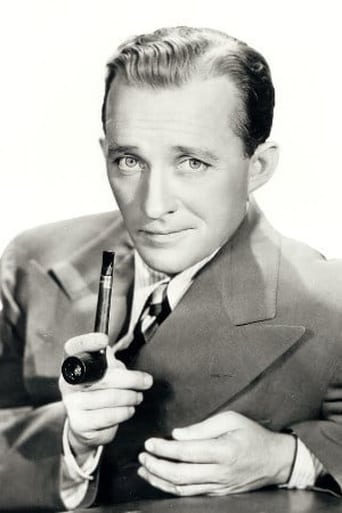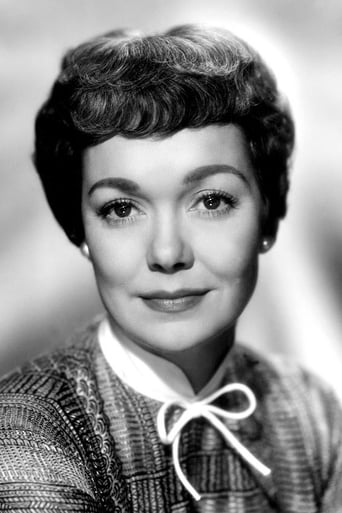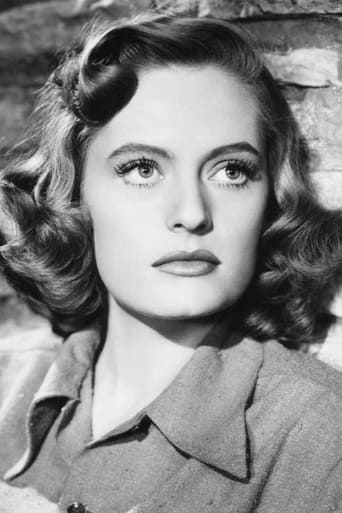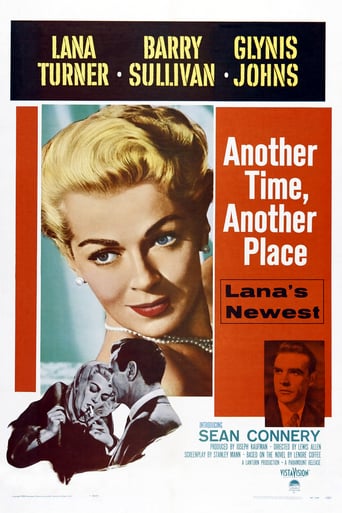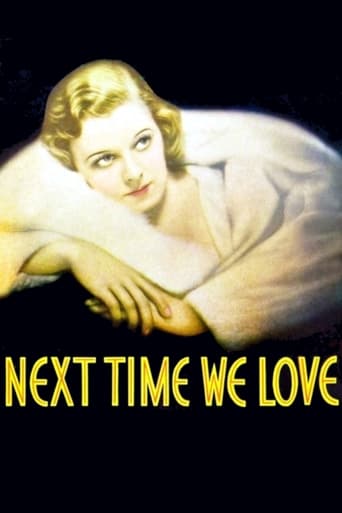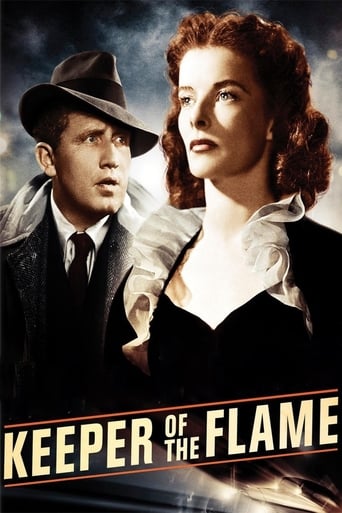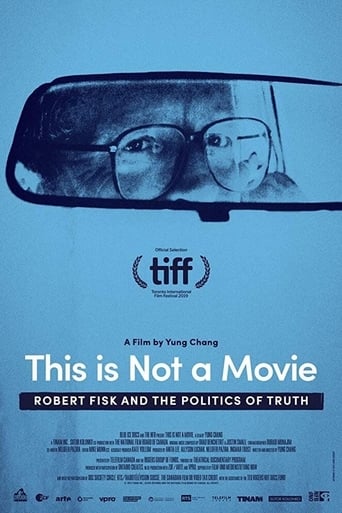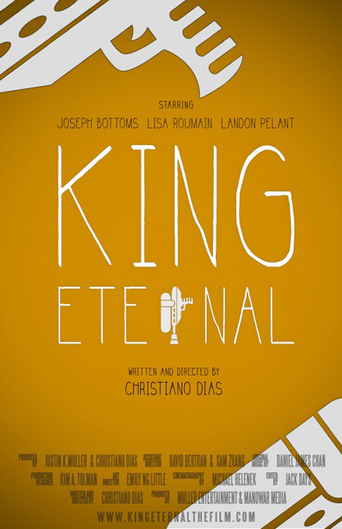
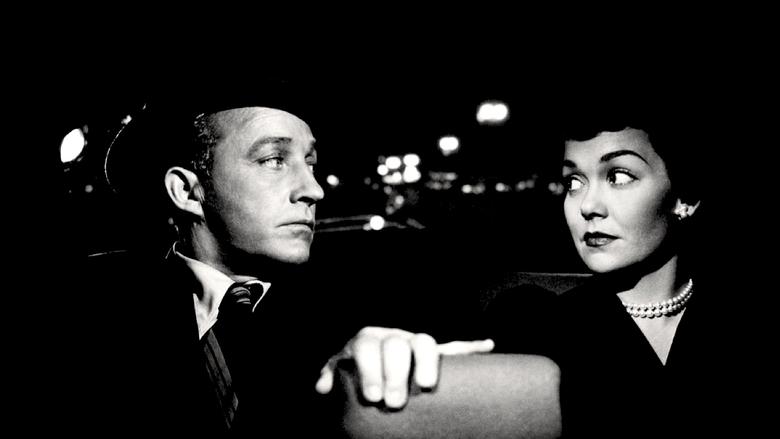
Here Comes the Groom (1951)
Foreign correspondent Pete Garvey has 5 days to win back his former fiancée, or he'll lose the orphans he adopted.
Watch Trailer
Cast
Similar titles
Reviews
Excellent, Without a doubt!!
It’s not bad or unwatchable but despite the amplitude of the spectacle, the end result is underwhelming.
The storyline feels a little thin and moth-eaten in parts but this sequel is plenty of fun.
It is an exhilarating, distressing, funny and profound film, with one of the more memorable film scores in years,
If you were told that a movie was produced and directed by Frank Capra and starred Jane Wyman, Bing Crosby, Franchot Tone and Alexis Smith you might be forgiven for having great expectations. Sadly there is only one thing great about it and that is an operatic performance by a teenage Anna Maria Alberghetti. AMA plays a teenage war orphan in Paris who was up for adoption and when Bing Crosby, playing a journalist involved with the placement of orphans, fails in his first attempt at placing a child with prospective parents and discovers that the husband is a conductor of a major orchestra, he strongarms the couple into listening to AMA. They are transfixed as they should be and when they discover she is blind they are hooked, since she will be a great concert performer. Ugh! The rest of the movie is almost that bad, save for the operatic performance, though many of the stars are adequate. The absolute low point for me was a series of cameos taking place on the airplane bringing Bing and some prospective adoptees to the States. During the flight he breaks out into song and low and behold Louis Armstrong, Dorothy Lamour, Phil Harris and the insufferable Frank Fontaine were all on the plane with him and ready to perform. How anyone could ever have laughed at Fontaine (and his Crazy Guggenheim character) is a mystery for the ages.
If Frank Capra had a message in this film, it might have been that the in America, the wealthy, though as personable as anyone, do not always "get the girl." But they, as everyone, get something, and there is happiness to be had.Bing Crosby was Bing Crosby, an incredible talent who could light up a motion picture with his facial expressions; when he sings, wow.This is not a movie for those uptight with notions of a "Patriarchy"; it was 1951, and the general relationship between men and women had changed somewhat between then and now. You do the film a disservice by trying to do that, so put yourself in their shoes for an hour, thirteen, and let yourself feel good.Hollywood doesn't make reporters like Pete Garvey anymore.
Frank Capra in his autobiography called Bing Crosby, "the master of the cultured ad-lib." A lot of time Crosby would drop several ad-libs into a script and Capra kept them in. According to Capra they were betterthan what the screenwriter had written. Of course partnering with Bob Hope in several films and thousands of radio, television, and live shows Bing had to be quick on the uptake.Capra wanted to do another of his populist films like Mr. Deeds etc., in the three picture deal he signed with Paramount. But after doing Riding High and doing it well with Bing Crosby, he wanted to do one of his type film. The Paramount brass said no, but since he was unhappy at Paramount they agreed to drop their last picture commitment on his contract for one more Crosby film. Just make a good one.Capra was as good as his word. This film is entertainment plus and a lot of that has to do with the chemistry between Bing and Jane Wyman. Most of Crosby's leading ladies were nice women who just melted with the Crosby charm. Not so here. Ms. Wyman gives as good with the wisecracks as Crosby does and is no pushover. What she is here is a fiancé who's grown tired of waiting for her man who's out gallivanting all over the world as per his job as correspondent. When he finally does come back he has two French orphans in tow. But Jane's decided to marry millionaire Franchot Tone. Bing has to get her back or those kids will be deported. That's where the fun starts.By now Paramount was giving Crosby vehicles some respectable budgets and that included letting Frank Capra hire a lot of his favorite supporting players. Those folks make a Capra film an enjoyable experience.Franchot Tone does nicely as millionaire rival and critics were astounded at Alexis Smith who turned out to have a real flair for comedy. Funny parts she wasn't getting at Warner Brothers. She plays a "kissing" cousin of Franchot Tone and figures prominently in Bing's machinations.They were also astounded at Jane Wyman who nobody realized could sing. Why they were is beyond me since she did start in musical choruses. The song In the Cool Cool Cool of the Evening by Hoagy Carmichael and Johnny Mercer won an Oscar for best song and became one of Bing's million selling records, dueted with Jane Wyman on screen and on vinyl.The rest of the score is by Jay Livingston and Ray Evans who were under contract to Paramount and for some reason or other never wrote another Crosby film score. Probably because Paramount didn't assign them because many years later they scored and arranged a whole album of duets with Bing and Rosemary Clooney called That Traveling Two Beat Time. And Bing did pretty good with a song written for his friend Bob Hope by them called Silver Bells.One of the Livingston-Evans songs was a patented philosophical number called Your Own Little House. A nice song on record, on screen it's a great impromptu style number that so many of Crosby's seemed to be. Sung with a group of kids who are French war orphans, Bing does some gentle kidding of fellow entertainers Jimmy Durante and Maurice Chevalier.This is one of Bing's best and great entertainment.
This film is never considered one of Frank Capra's best, but that shouldn't keep potentially interested viewers from seeing it. On its face, it doesn't seem to be what has come to be known as a Capra film because it isn't issue-laden and doesn't really make a point other than the "follow your heart" admonition that most romantic comedies invoke. In many ways, it's a remake of Capra's "It Happened One Night" (1934), and while it doesn't have the financially and emotionally gut-wrenching backdrop of the Depression to give it the weight of the original, it's nonetheless pleasant and clever.To appreciate "Here Comes the Groom" is to embrace a bunch of disparate parts. First and foremost, this is a Bing Crosby film, replete with seemingly ad-libbed asides that filled the Hope/Crosby "Road" pictures. Bing, who plays a newspaper reporter (one of Capra's favorite devices) but basically plays himself, has as his foil not just one but three adult characters (his editor, his would-be father-in-law and his romantic competitor), plus a passel of kids, in particular a French boy and girl whom he has virtually adopted as his own. The two kids are cute and genuinely good-natured, so when they are on screen, as they often are, they light up the place. Their repeated mimicry of the Crosby character's signature farewell gesture -- a tooth-filled smile and open-fingered hand wave -- never fails to please (except for the final time, in the film's closing seconds, in which it appears that the duo is starting to run out of steam).Jane Wyman is a strong presence in the film as well, and quite appealing as someone torn between an elusive true love and the biological clock. She is every bit the musical equal of Crosby in their imaginatively choreographed presentation of the movie's theme song "In the Cool, Cool, Cool of the Evening," staged in various parts of a huge office, then down a half-dozen floors in an elevator and out to the street.Franchot Tone is the other big name among the actors, and he plays his role as Wyman's rich fiance with characteristic aplomb. Nothing seems to rattle Tone's character, even the possibility of losing Wyman, which may be part of the film's "follow your heart" message.Easily outshining Tone is Alexis Smith, who never received the career-making, starring roles that she deserved. She plays a caterpillar whom Crosby, in his own strategic interest, turns into a butterfly, and while Crosby's tutelage is over-the-top sexist by today's standards, her transformation and resulting passion are eye-popping, for the Tone character and his staid relatives as well as for the viewer.With such stong characterizations and actors, Capra for some reason decided he needed something more, so he threw in a grab bag of other elements. Before Crosby and his two adoptees fly back to the States, there's an extended operatic solo by the quite young and show-stopping Anna Maria Alberghetti. And when Crosby and the youthful pair finally get on the plane, they happen to sitting next to a group of USO entertainers, so of course there's a song, "Cristofo Columbo," which brings in fleeting contributions by Louis Armstrong, Frank Fontaine, Dorothy Lamour and Phil Harris. These are tangents, to be sure, and they make the viewer wonder momentarily if Capra has lost his narrative thread, but they don't last long and are engaging in their own right. (Perhaps the "Cristofo Columbo" scene is supposed to echo the "Man on the Flying Trapeze" scene from "It Happened One Night.")Those looking for further Capra touches will be warmed by the brief appearances of H.B. Warner (the judge in "Mr. Deeds," a senator in "Mr. Smith" and Mr. Gower in "It's a Wonderful Life"), Charles Lane (Potter's real-estate man in "Wonderful Life") and Charles Halton (bank examiner in "Wonderful Life"). The cinematography in this film is serviceable, but there are frustrating instances of sloppiness. At one point, in a reaction shot, the camera mysteriously lingers on Crosby's editor as he does nothing for about five seconds. It's an inconsequential flub, but it feels long enough to make the viewer wonder if the film's cutter and Capra himself just went to sleep. (It's reminiscent of a similar and even longer gaffe in Capra's "You Can't Take It with You" from 1938.)A more egregious example of visual inattention comes during a physical argument between the Wyman and Smith characters. For the actual fight, in which the two flip each other over with quick arm twists, it's all too obvious that stunt doubles are used. The doubles' faces, which look nothing like those of the two actresses (they may even be men), are repeatedly shown, and the hair color and length of the Smith double doesn't come close to matching the hair of Smith. Who was minding the store when this was shot? It's the kind of mistake that makes all kinds of viewers, not just movie buffs, roll their eyes.To its credit, the film does lay out, in albeit cliche form, the reality of class differences. But both rich and not-so-rich are given gentle appreciative treatment. Clearly, the viewer is supposed to side with the more down-to-earth characters of Crosby and Wyman, but the rich are not cardboard villains, either. It's almost as if the message is that there is a time and place (and hope) for people from all walks of life."Here Comes the Groom" (a clever title in itself) is a product of the pop culture of its time; it's all-white (save for Armstrong), and traditional gender roles hold sway. But look beyond that and you will find a film that you probably didn't know you would like so well. Crosby, as top comic banana, plays his likeable persona perhaps better than ever, and the film leaves lots of smiles in its wake. The ending may be predictable, but this is a movie in which it's just fun to see the character-based twists and turns that steer the plot to its conclusion.
